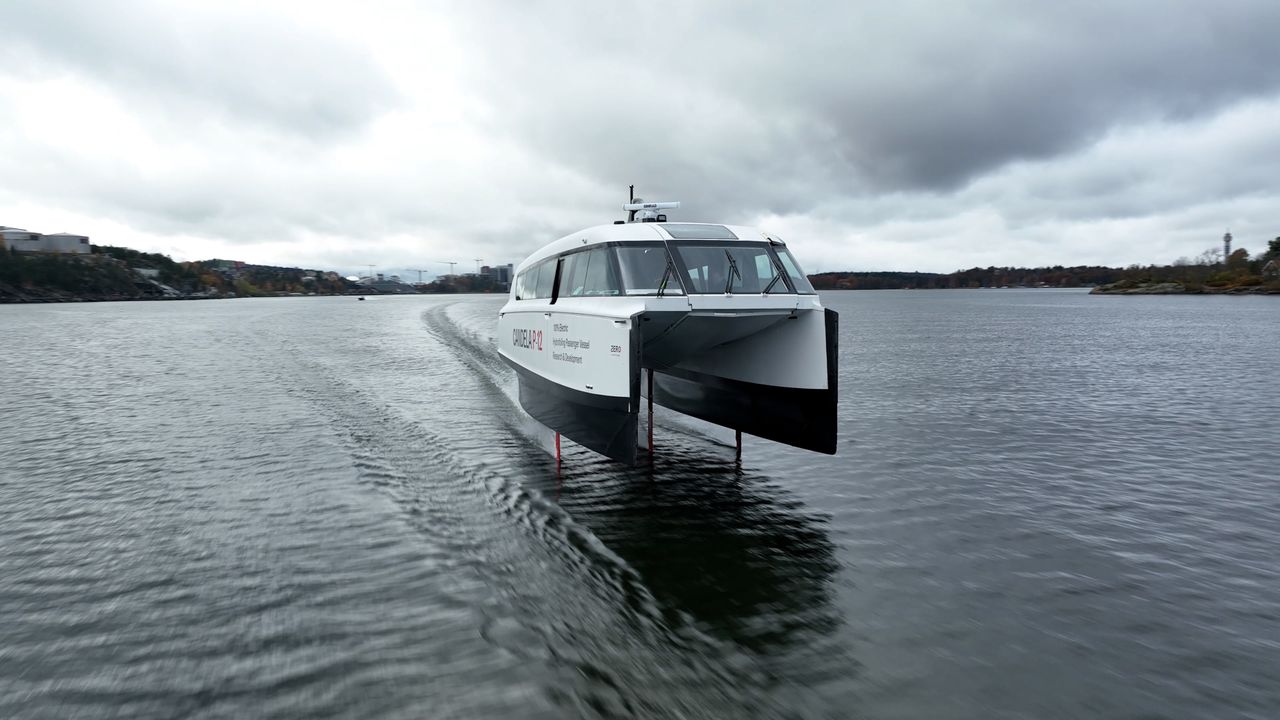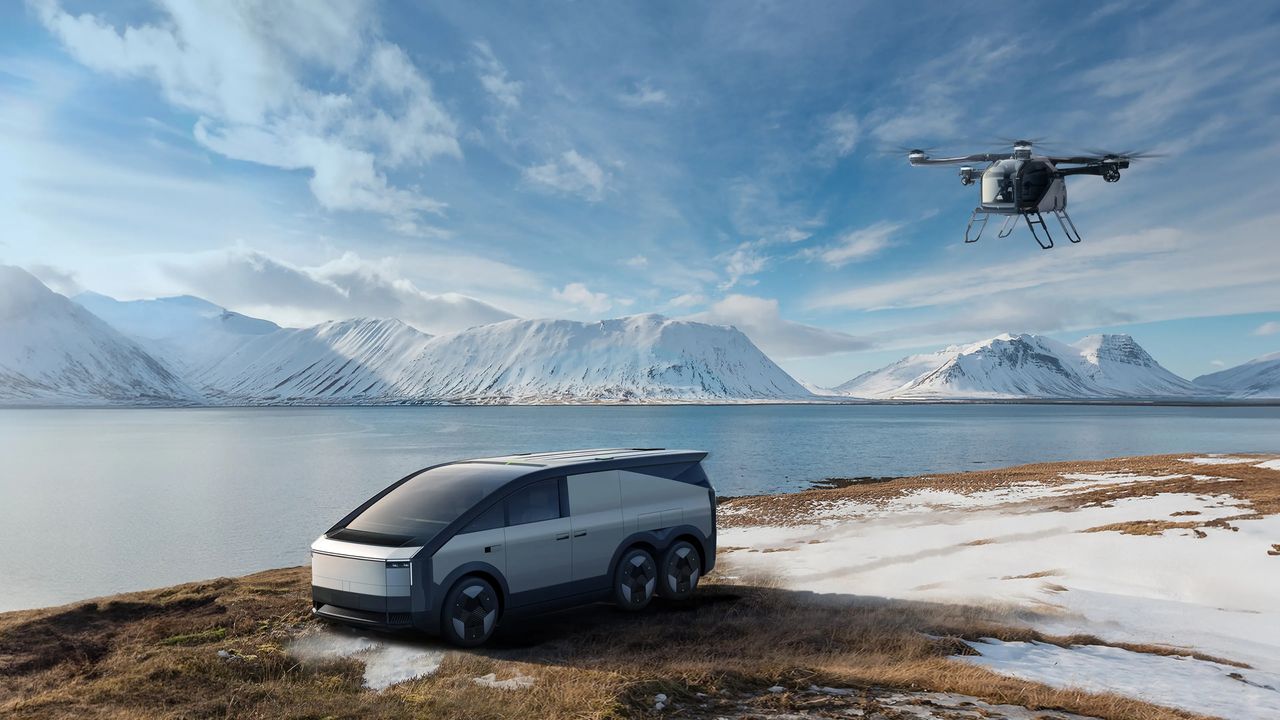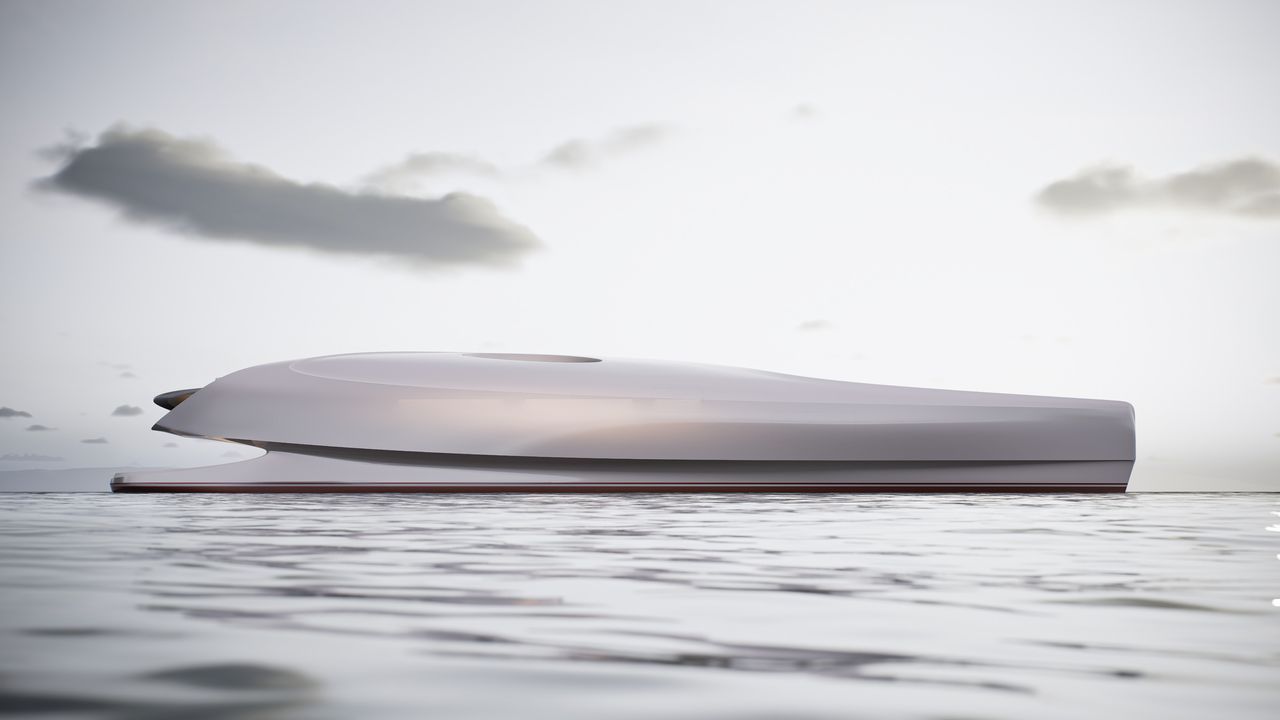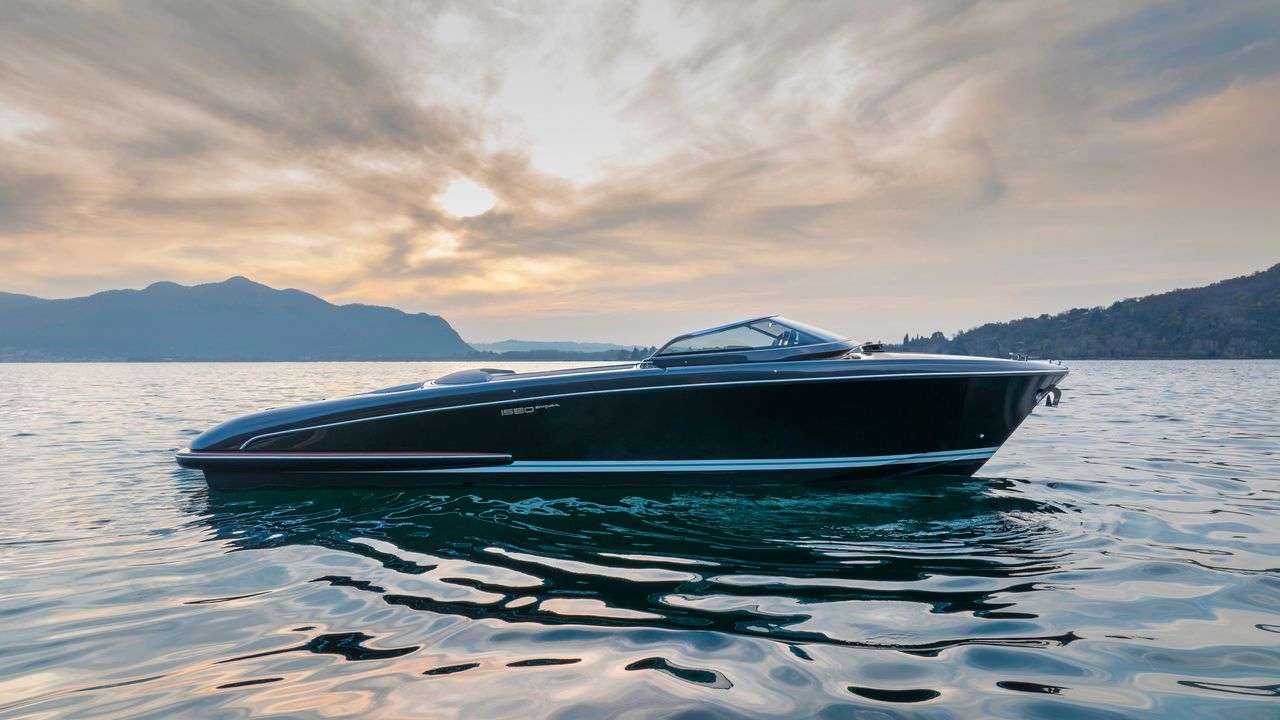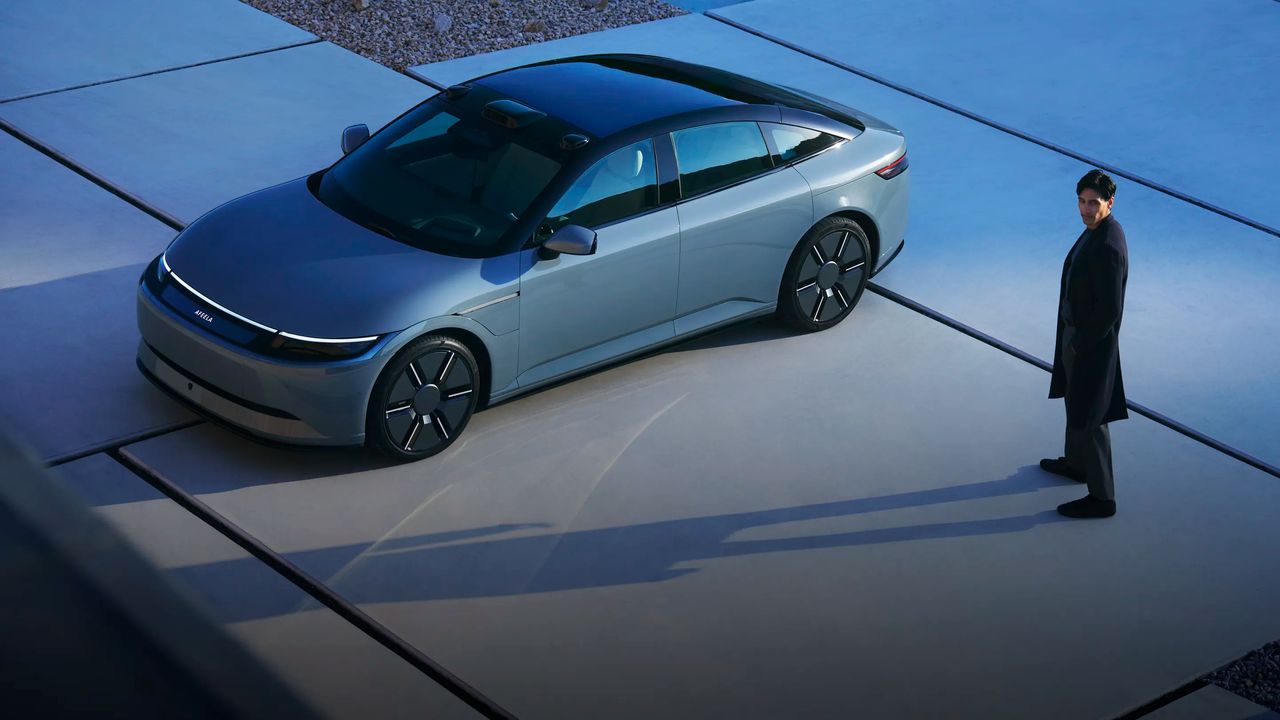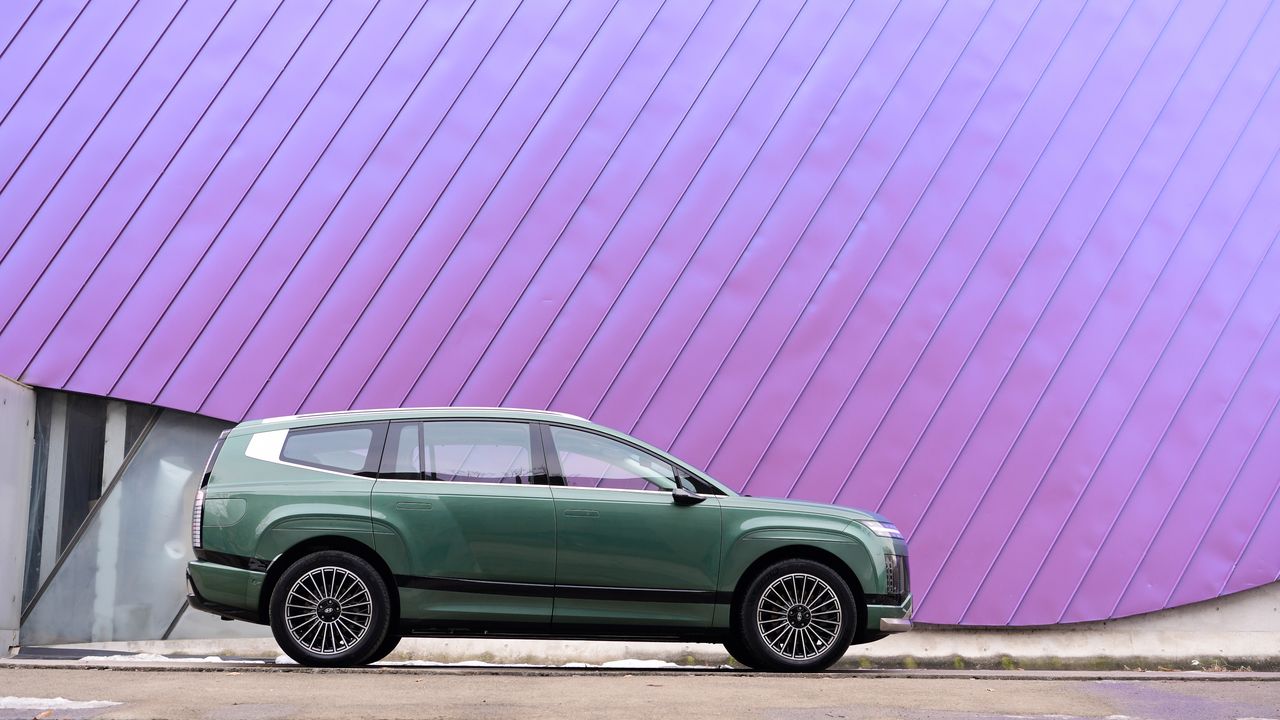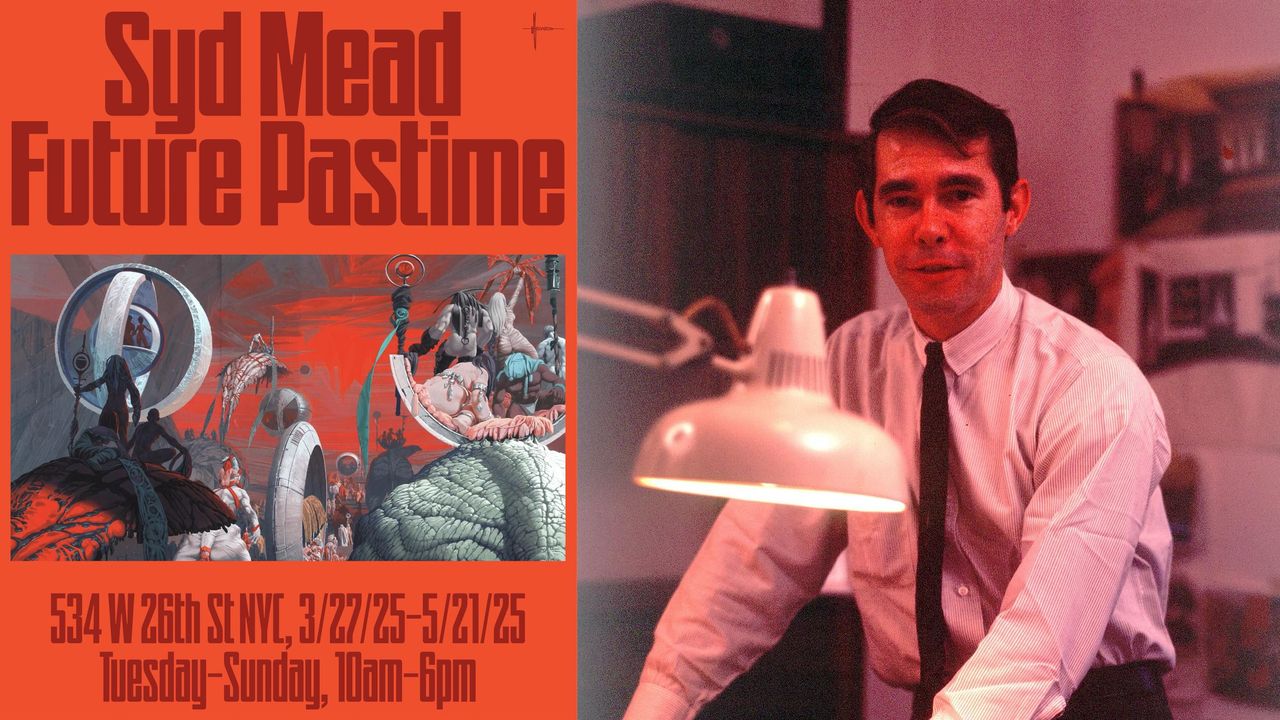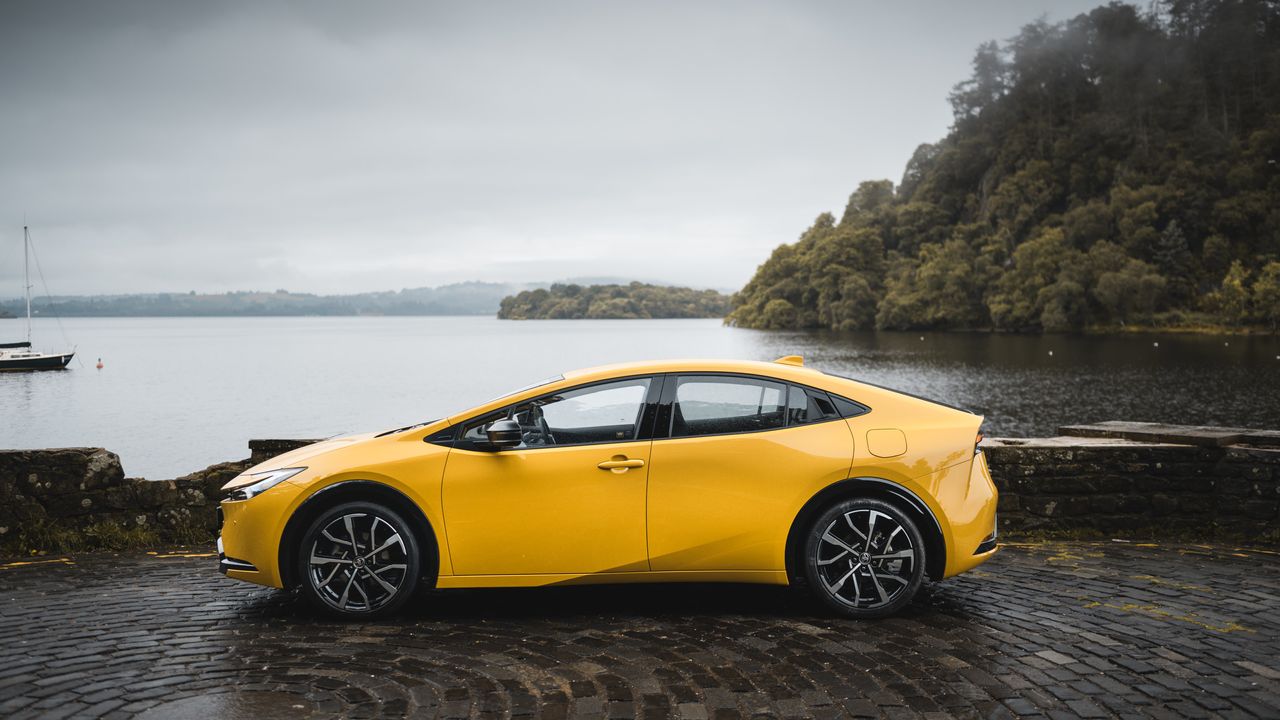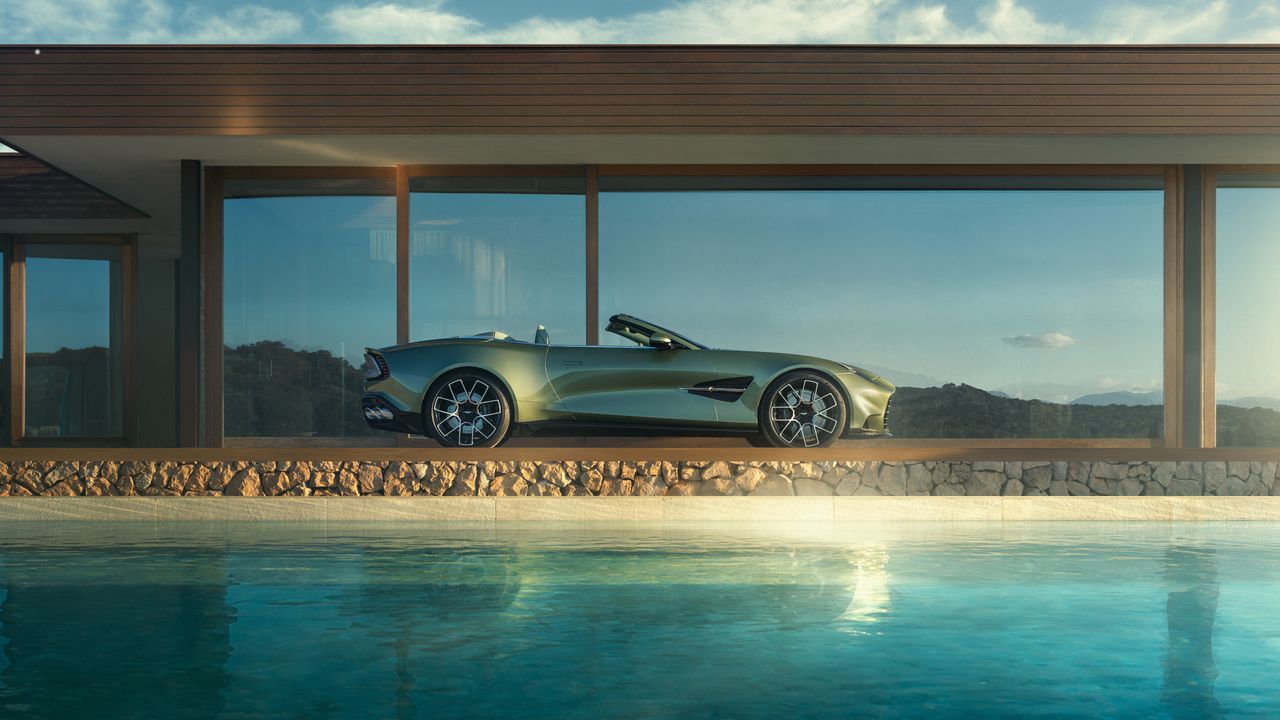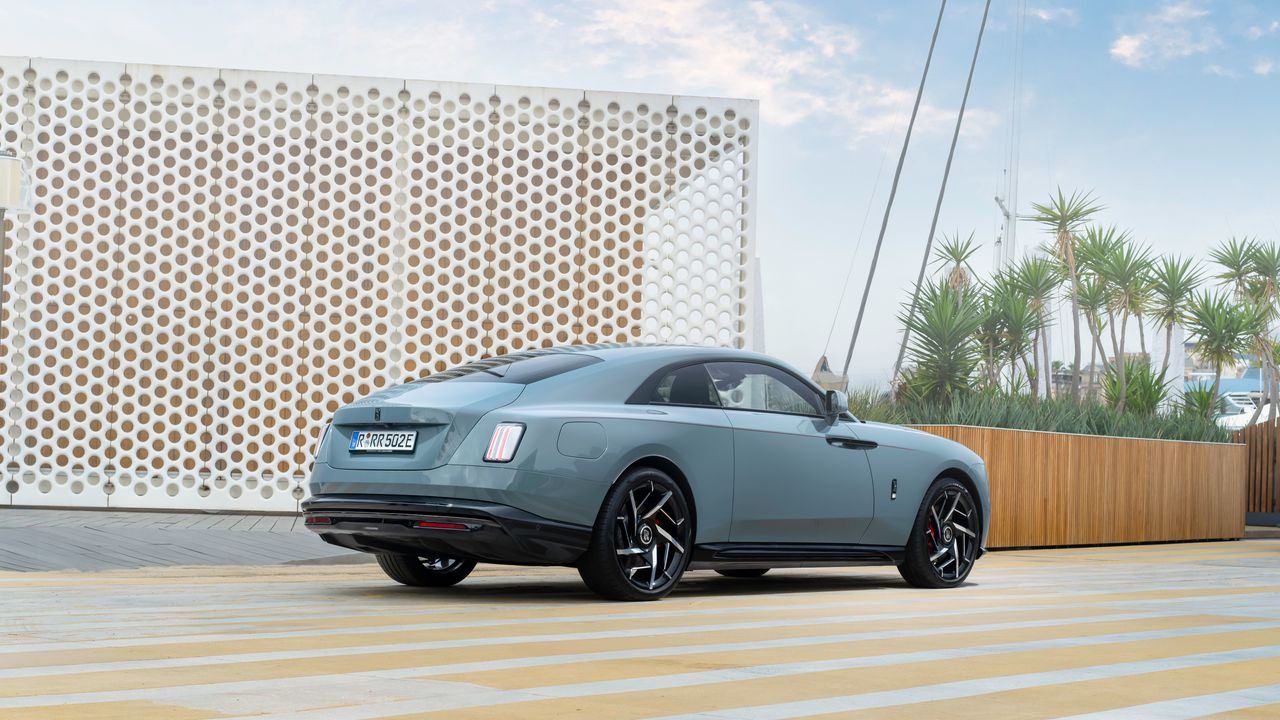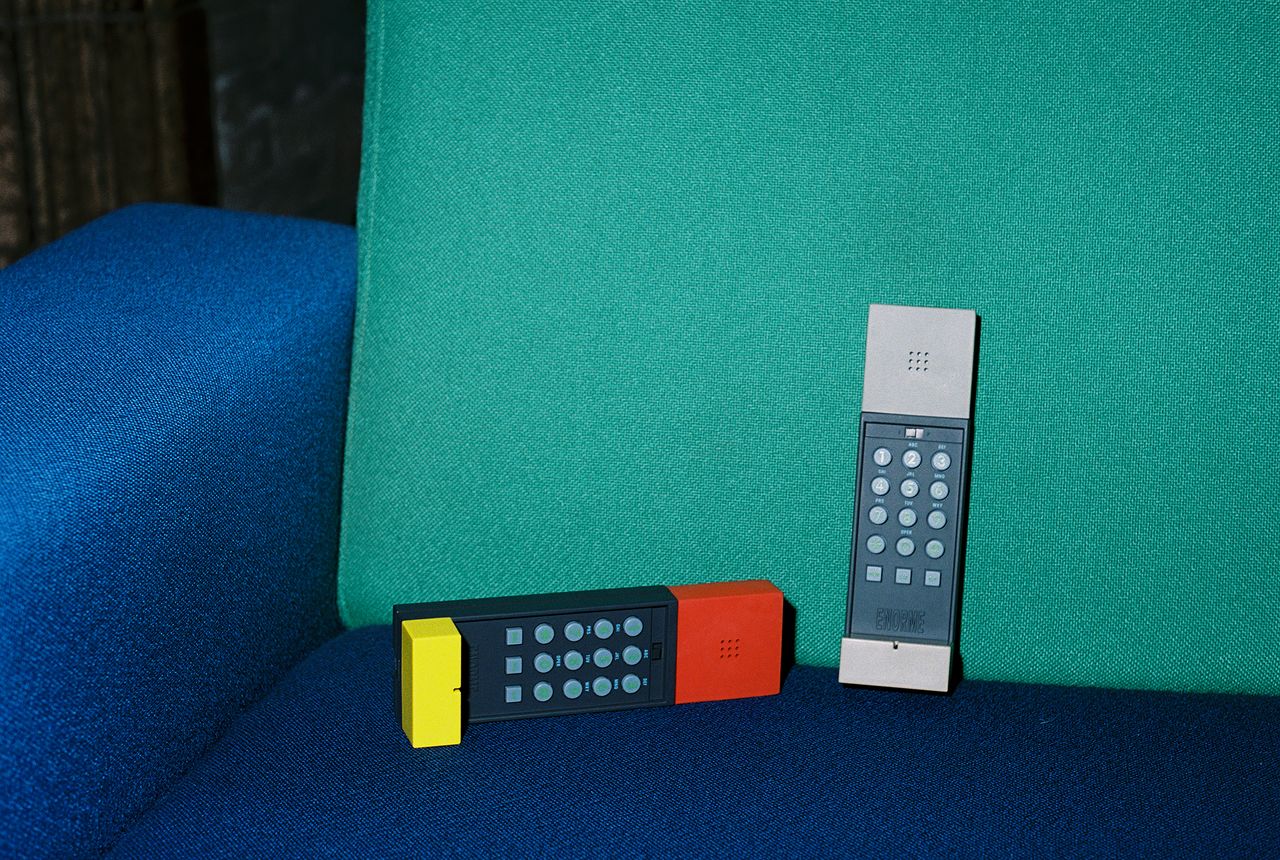Vessev’s elegant VS-9 electric foiling ferry makes sea travel smoother and more efficient
Soon to grace the waters off Auckland, New Zealand, the Vessev VS-9 is a pioneering electric passenger boat for a zero-emission future
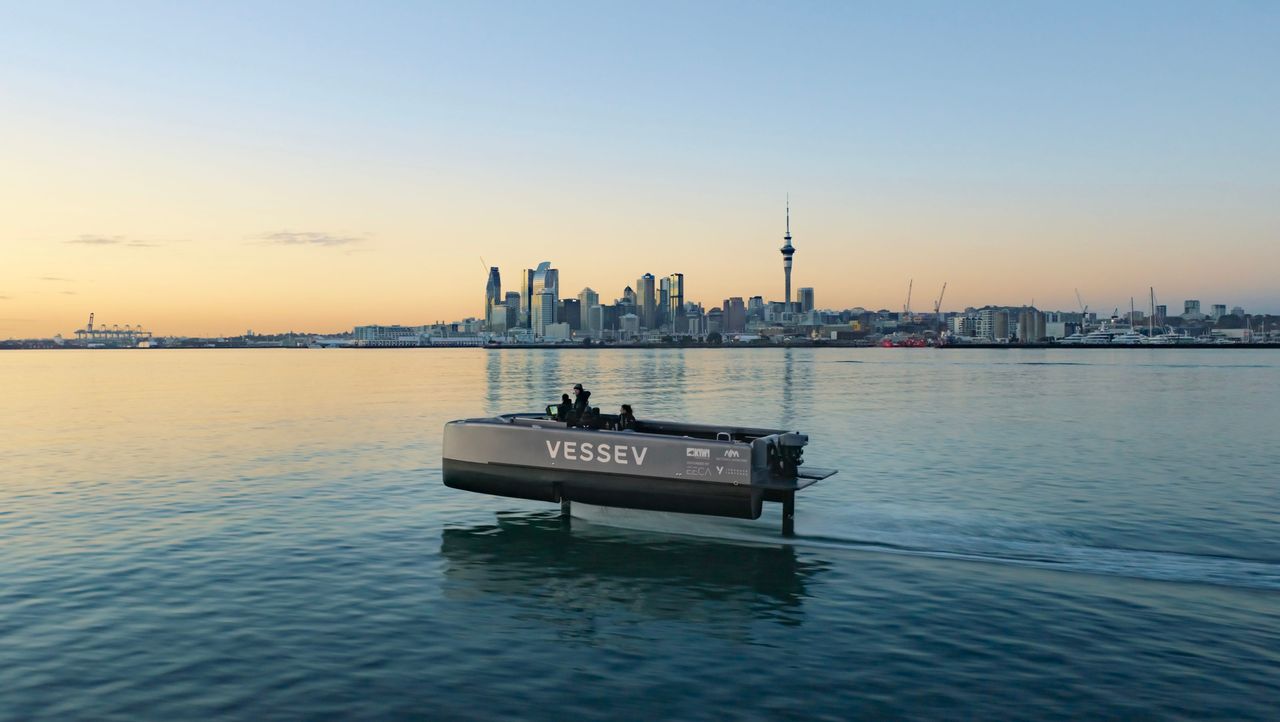
This is the new Vessev VS-9, and electric hydrofoiling ferry design for ferrying tourists across the waters around New Zealand. We’ve touched on the amazing properties of hydrofoil tech before, whether it’s for electric surfboards, one-off concept boats or private speed boats. Vessev’s design upscales all these to create an ultra-energy efficient machine for the country’s Fullers360 ferry company.
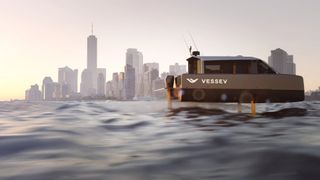
A render of the Vessev VS-9 Electric Foiling Ferry
Established in 2018 and led by ex-Apple employee Eric Laakmann (he was a program lead on the Apple Watch) and Max Olson, Vessev’s ambition is for more zero-emission nautical innovation, both in terms of sport sailing and everyday transportation. The wider team has worked on everything from rocket science to the America’s Cup, and the VS-9 distils all this experience into a single product.
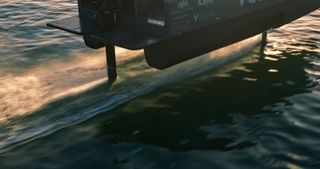
The foils lift the VS-9 out of the water
From the outset, Vessev wanted to be able to call the craft the ‘world’s most efficient electric hydrofoiling ferry,’ citing up to 95% fuel savings over a more conventional diesel counterpart. That’s due largely to the hydrofoil’s ability to minimise its drag on the water, raising itself up on a sophisticated carbon fibre foiling mechanism – part derived from America’s Cup craft – for a smooth, ultra efficient ride that’s up to 20% more efficient that equivalent foiling systems.
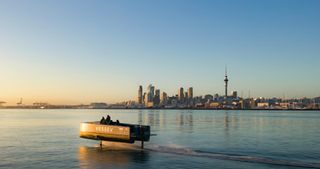
Vessev VS-9 Electric Foiling Ferry
As Vessev points out, this technology is still very much in its infancy, with only around 100 electric hydro-foiling boats on the world’s oceans today. That contrasts with 33 million fossil fuel-powered vessels, helping make the shipping industry one of the most polluting transportation sectors.
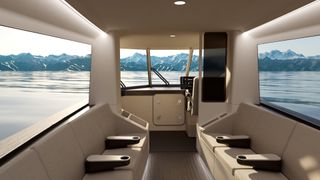
A render of the passenger cabin on the VS-9
The 9m long VS-9 is photographed here in prototype form without the passenger cabin, which is represented in the renders above. The VS-9 has an optimum speed of around 22-25 knots, at which point the foils are fully deployed, lifting the craft above the surface of the water. Efficiency doesn’t just reduce emissions but also operating costs, as well as reducing the need for heavy batteries.
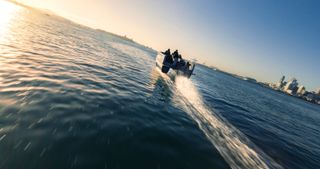
Vessev VS-9 Electric Foiling Ferry
Fullers360 is expected to run a VS-9 with up to 10 passengers, sailing on routes that make the most of the boat’s combination of speed and efficiency. With a range of 50 nautical miles (around 57 miles), the VS-9 is well-suited to the waters of Auckland’s Hauraki Gulf, where it’ll be the first hydrofoil vessel to receive commercial certification.
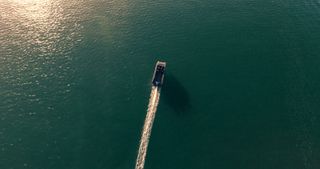
The foils create a minimal wake
Vessev sees a bright future for the technology. As Laakmann says, ‘The benefits of the VS-9 scale up to larger vessels. We are already working to develop the VS-18, a 100-passenger vessel using the same technology and design of the VS-9, which will have additional seakeeping capability and unlock even more opportunities.’
Wallpaper* Newsletter
Receive our daily digest of inspiration, escapism and design stories from around the world direct to your inbox.
Vessev VS-9, more information at Vessev.com, @Vessev.Marine
Jonathan Bell has written for Wallpaper* magazine since 1999, covering everything from architecture and transport design to books, tech and graphic design. He is now the magazine’s Transport and Technology Editor. Jonathan has written and edited 15 books, including Concept Car Design, 21st Century House, and The New Modern House. He is also the host of Wallpaper’s first podcast.
